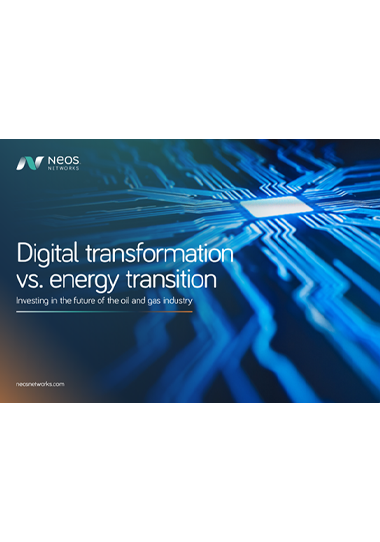From consumers to businesses and broader communities, the shift from Distribution Network Operator (DNO) to Distribution System Operator (DSO) offers much to anticipate – including faster grid connections, reduced energy bills, greener energy usage and greater flexibility. But as with all changes to major national systems, turning the future vision of energy into a reality poses many challenges. Some necessary steps have already faced delays, as energy businesses get to grips with the technical complexities of creating a smart network.
The government deadline for smart meter roll-out for example, has been extended from the end of 2020 to 2024 with an estimated bill of over £13bn, as energy firms warned that the technology simply wasn’t ready. This presents a serious barrier to change: robust data analytics play a key role in the success of a DSO model, and businesses and prosumers alike cite monitoring as one of the biggest contributors to accelerating smart networks. But these are understandably complicated to set up, especially on a large scale. It’s clear that the industry will require help to achieve this.
But where should that help come from? Energy companies could seek support from a number of sources, but with their expertise in data and network management, connectivity providers are a natural starting point. For DNOs grappling with the prospect of DSO transition, effective collaboration with the connectivity industry will provide value on several fronts.
Many hands make light work
Whether in terms of financial cost or the expertise and hours required, successfully moving to a DSO model is a huge investment. Rather than persevering in isolation, it makes sense for the energy and telecoms industries to work in partnership, each using their unique strengths, experience and existing assets to plug gaps together.
After all, those working in energy may not have significant experience in network infrastructure or data management and analytics, all of which needs to be carefully considered to make smart networks function effectively. But that’s not to say energy companies need to invest in lengthy recruiting processes to get these skillsets on side.
This is an area where connectivity providers have significant expertise, meaning they can both advise and support on any changes required. With this aspect of the DSO transition covered, energy companies can focus their resources on other crucial tasks – like working with prosumers and businesses to encourage smart meter uptake, or getting to grips with industry regulation.
Connectivity providers can also ensure that the DNOs are well informed about (and have access to) the most advanced and future-facing network technologies, along with the underlying network infrastructure required. Given that many relevant network technologies have only emerged in recent years – with some very much developing on an ongoing basis – a partner with their finger on the pulse is invaluable. For example, modern advances in networking like SD-WAN and 5G are key cogs in the mechanism of the move to DSO, and DNOs who can embrace these developments in the appropriate way will surely find themselves at an advantage.
Tackling challenges together
Smarter, greener energy usage is a goal we can all get behind, and by transitioning from a DNO to DSO model, energy businesses will play a leading role in making this happen. But while they’ll certainly be pivotal to the process, DNOs should remember that they needn’t tackle every aspect of this significant change alone. With the right cross-industry collaboration, the future of energy can be achieved at a much faster pace – and though more challenges will undoubtedly crop up along the way, none will be insurmountable.
From prosumers and businesses to energy industry leaders, interested parties understandably have many thoughts about the DNO to DSO shift – learn more in our research report, including key insight into how the shift can take place successfully. Or, check out some key findings in our infographic, The changing energy ecosystem: Tariffs, incentives and collaboration.






